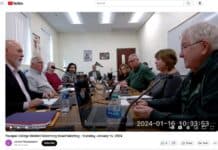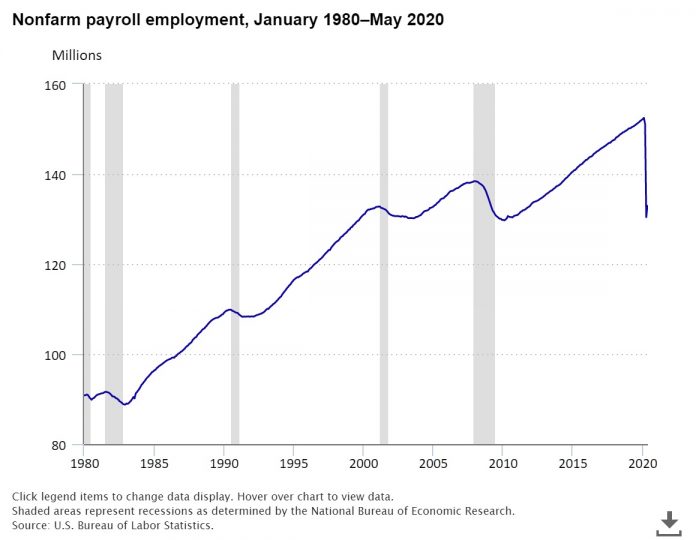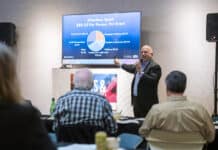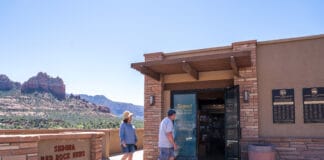We have reasons to be slightly optimistic about our local economy, but should prepare for a very slow recovery after COVID-19.
According to news reporting on some of the notes within the Department of Labor’s May jobs report, some workers had been improperly counted as employed when they were actually unemployed. If, the report clarifies, those workers had been classified correctly, May would have seen a drop in the actual unemployment rate from 19% to 16.4%, rather than the currently official rate of 13.3%, having fallen slightly from April’s official rate of 14.7%.
That said, either way you break it, April would have had a higher unemployment rate than May, and many workers furloughed during late March or throughout April were called back to work and went back in May, lowering the unemployment rate.
That rate comes from the Bureau of Labor Statistics’ surveys of businesses and households and counts just under 21 million unemployed. But that same BLS report shows that nearly 30 million Americans received unemployment benefits in the same week.
Those unemployment benefit numbers undercount the total number of new people who actively filed for unemployment benefits in total. By the end of May, 42.6 million jobless claims have been filed according to the U.S. Department of Labor, slightly more than the entire population of California, our largest state.
Some of these applicants may be people who went back to work after quarantines ended. Others may be those who filed once, were re-employed, then had to file again if they were furloughed again or if their employer went out of business, getting us closer to that 30 million figure of people collecting benefits last week.
Granted, this nuance is merely rearranging chairs on the deck of the economic Titanic, as overall unemployment remains higher than any time since the Great Depression, with some economists likening our unemployment rate to many of the developing nations to which the United States provides money for development projects.
The National Bureau of Economic Research, a private research group of top economists that calculates recessions and recoveries for banks and government agencies, officially determined this week that the United States fell into recession in February, ending a 128-month growth period that started after the Great Recession ended in 2009.
Locally, coronavirus notwithstanding, we should expect overall fewer tourists as Americans and foreign visitors become more careful with their discretionary spending due to the recession.
Yet COVID-19 is the anomalous variable in all of this. Corona fatigue is a real thing, and many Americans who watched infection counts in their states plateau or drop now feel slightly more comfortable traveling and want to stretch their legs away from home.
This will certainly lead to a second wave of infections, but it’s up in the air whether that will result in future quarantines or if Americans will just accept more infections as part of the cost of life during a global pandemic.
Elected officials will be reluctant to force people out of work a second time while Americans are more concerned with the economy than getting sick. According to aggregate polling by fivethirtyeight. com, 29.4% of Americans are very concerned about contracting COVID-19 while 35.6% are somewhat concerned. Conversely, 52.1% are very concerned about coronavirus’ effect on the U.S. economy while 32.7% are somewhat concerned.
Locally, we have already seen unusual upticks in crowd numbers and visitor spending as Arizonans and visitors from nearby states broke loose to Sedona and Oak Creek Canyon after many quarantines ended and our governor loosened restrictions. Some Uptown businesses reported near record-high sales over the last few weeks.
We may see spikes and troughs in tourist counts as other states weather the downturn or other countries recover and their currency exchange rates fluctuate with the U.S. dollar, but overall they will be spending less at Sedona’s hotels, restaurants, resorts, tour companies and retail stores.
Tourism funds more than 75% of Sedona’s economy and the city’s budget, so dual slowdowns from both COVID-19 fears and a recession mean our city could face a very tough year and future beyond.
Christopher Fox Graham
Managing Editor





















